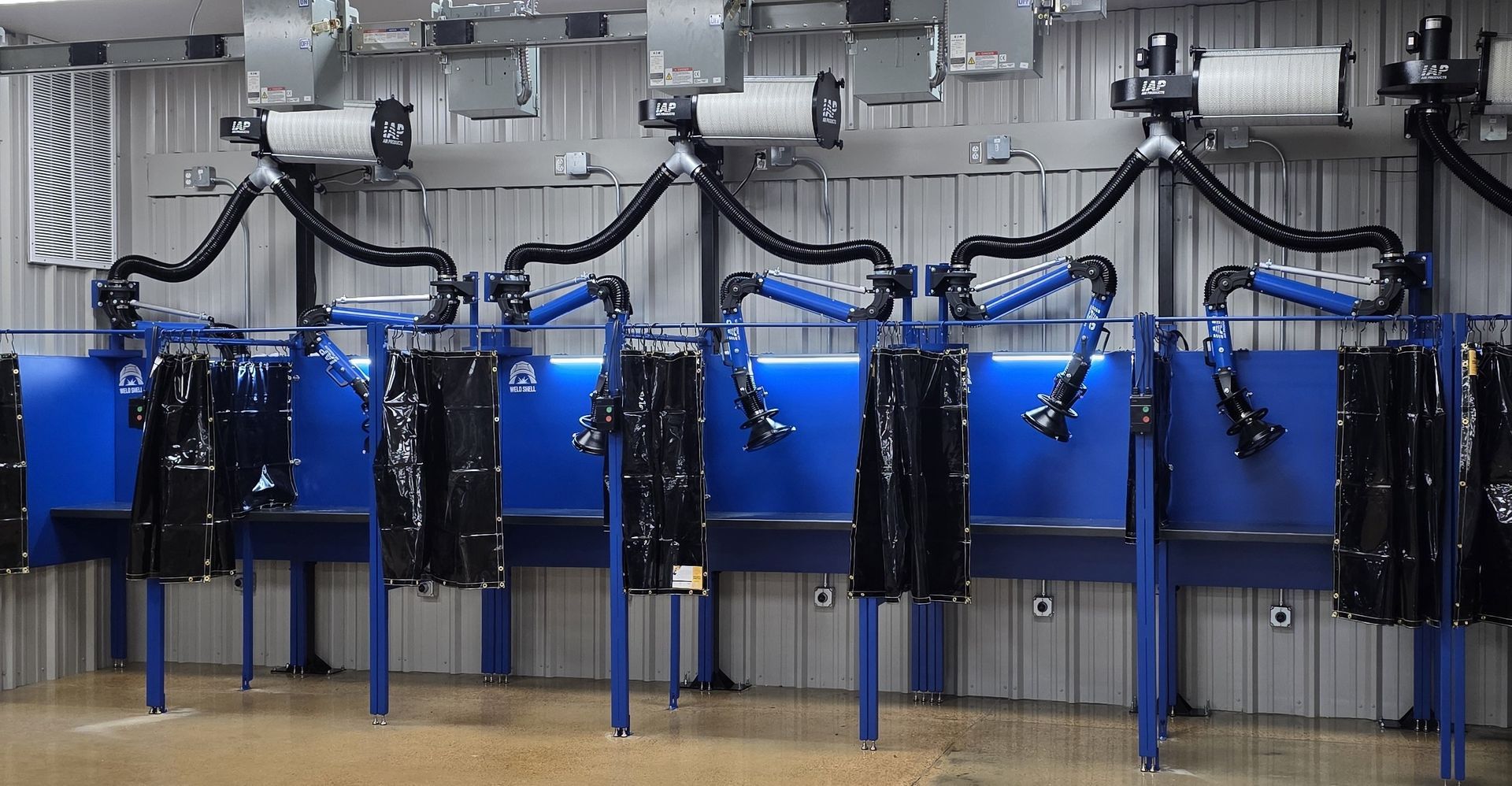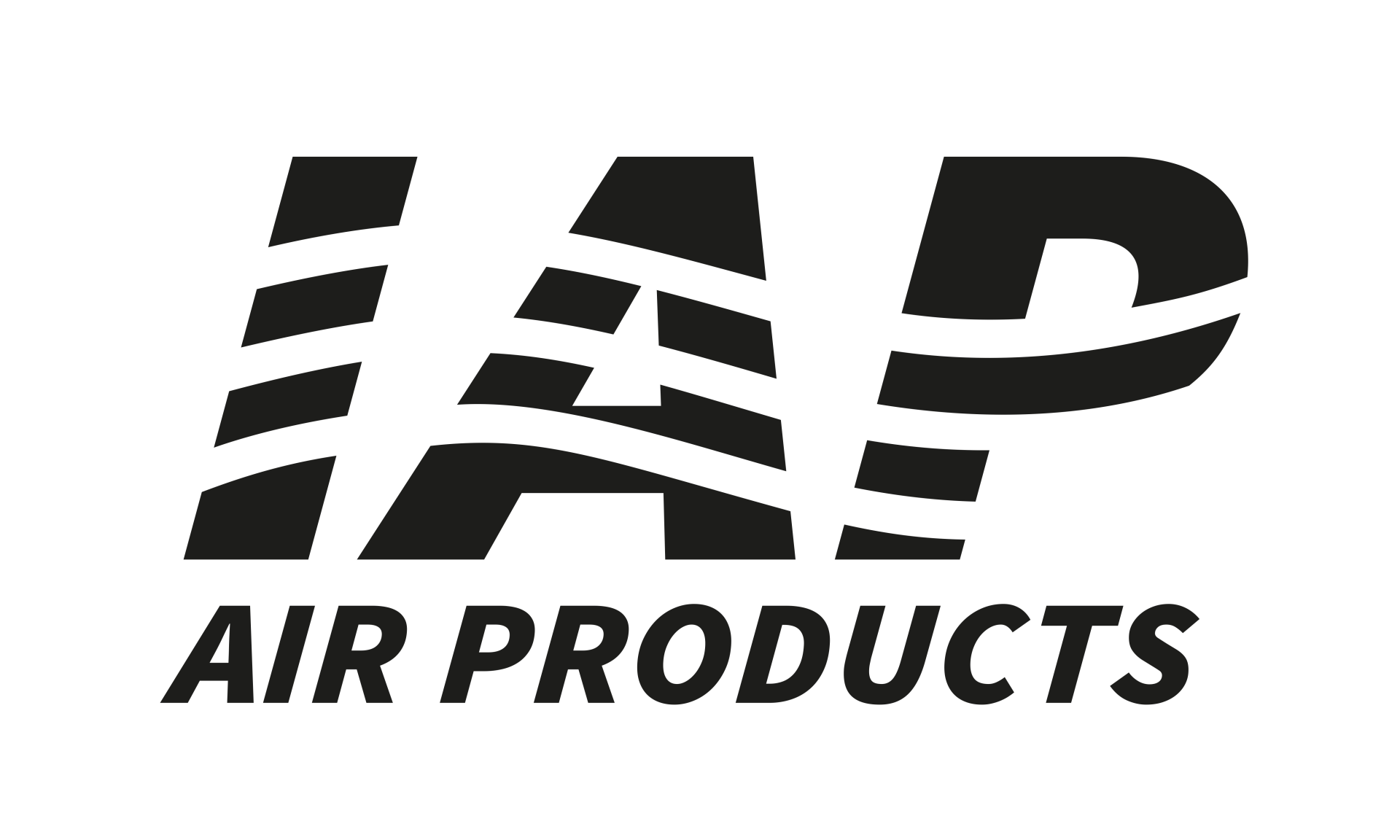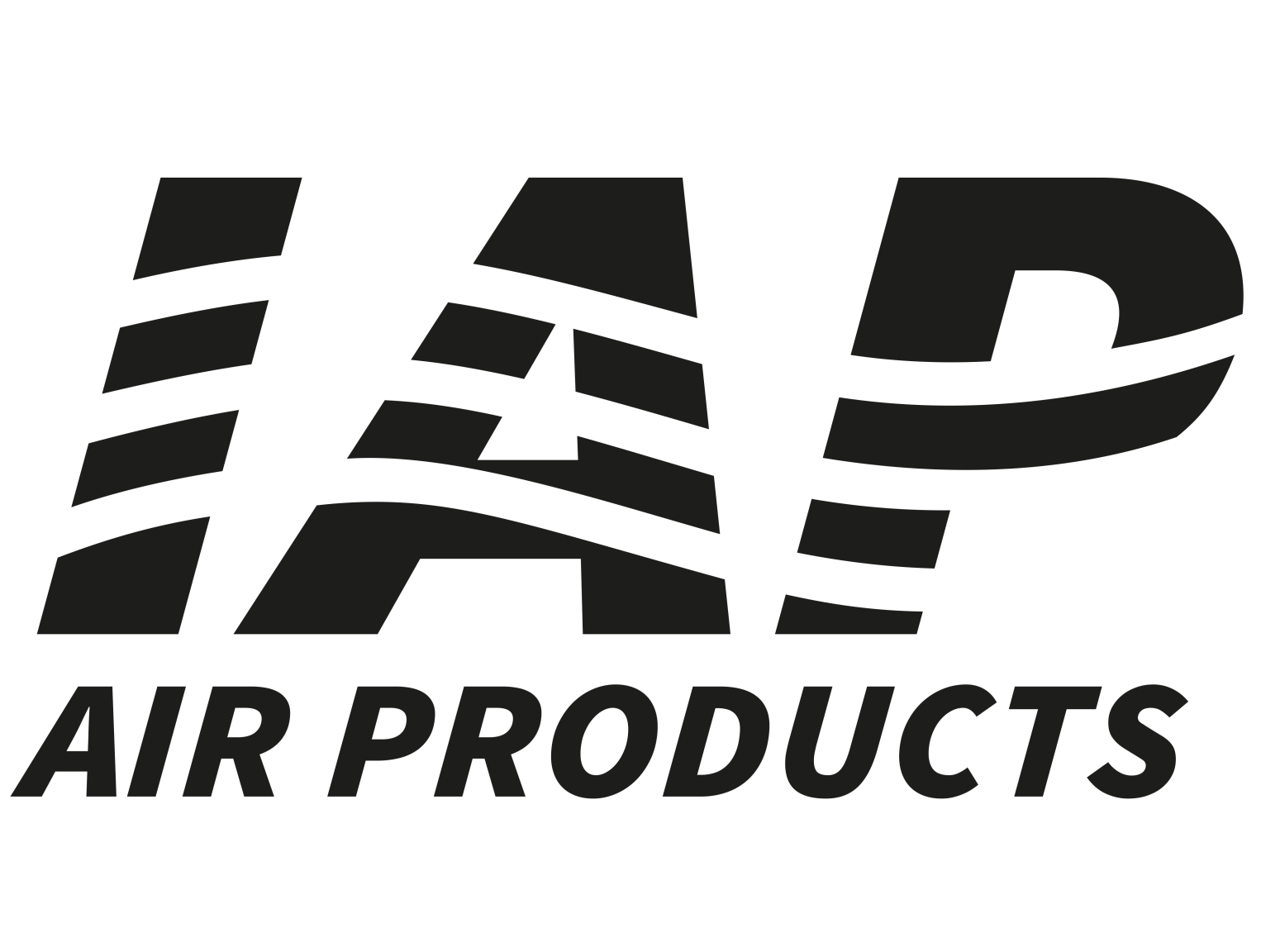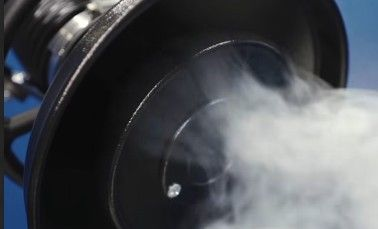Weld Fume Management Information
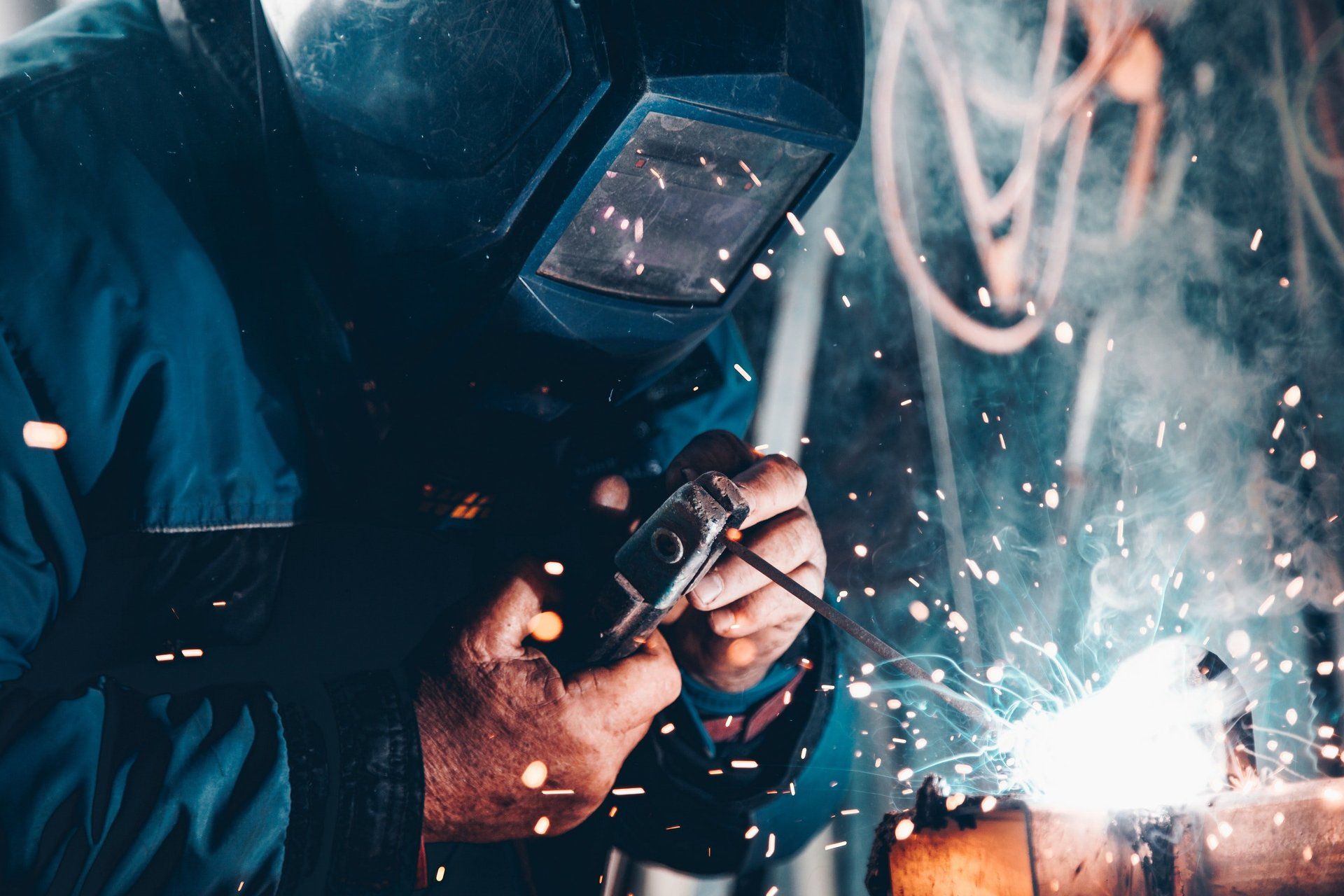
How to Manage Weld Fumes
To stay in compliance with regulations from agencies such as the Occupational Safety and Health Administration (OSHA), weld fumes must be managed. OSHA enforces exposure limits for each individual metal, metal oxides or gases found in the weld plume, such as hexavalent chromium and manganese.
To help employers comply with the environmental regulations, a Hierarchy of Controls is provided. This also helps companies drive improvement opportunities. Before companies implement controls, it is recommended to conduct air sampling to understand the types and levels of contaminants in the welding environment.
Using the Hierarchy of Controls, OSHA recommends minimizing weld fume exposure through these steps:
- Elimination or Substitution, such as changing the shielding gas
- Engineering Controls, such as welding fume extraction equipment
- Administrative Controls, such as proper body positioning
- Personal Protective Equipment (PPE), which includes respiratory protection
When it comes to Engineering Controls, IAP is here to help
We can provide welding fume extraction solutions that are part of the second step in OSHA’s Hierarchy of Controls.
There are a few key things to know about these systems to get the best results.
1. Source capture , which captures and removes contaminants at their source before they reach a worker’s breathing zone, is the preferred method of welding fume extraction. Capture devices are available in different shapes and sizes, and are rated based on the amount of cubic feet of air they extract each minute (cubic feet per minute or cfm). The diameter of the ductwork is directly proportional to the cfm of air that the device can move. A low-vacuum/high-volume fume extraction system will feature larger ductwork and move a larger volume of air but at generally lower vacuum pressures. These systems offer larger capture zones. Conversely, high-vacuum/low-volume systems capture weld fume much closer to the weld, via a smaller attachment, such as a nozzle. The smaller ducting helps get into restricted spaces and removes the fume much closer to the weld itself.
To get the very best results, make sure the capture velocity is sufficient to pull the fume away from the operator’s breathing zone.
Following proper welding procedures and avoiding over welding (putting down more consumable than is necessary) also helps reduce the amount of fume generated, so there is less that must be removed by the welding fume extraction system in the first place.
2. Proper positioning of the fume extraction arm is key to the effectiveness of the system. The hood must be positioned properly so it’s pulling the fume away from the worker’s breathing zone. When using a moveable hood or fume extraction arm, position it above the arc and angle at approximately 45 degrees. The hood distance will vary depending on the velocity and volume of air being captured, though in general it’s approximately the distance of 1 1/2 duct diameters away.
3. Limiting cross ventilation and employing proper body positioning can help the fume extraction arm work in the most effective manner, and proper employee training can help minimize exposure to the weld fume path. Welding operators should position themselves so that the airflow is moving from their back to their front. A cross draft can be used advantageously to blow fume away from the operator and toward the hood, but take care to minimize any detrimental cross drafts. Using partitions or curtains in the welding enclosure can help control cross ventilation.
A welding operator should also avoid positioning his or her body between the weld and fume extraction arm, to keep his or her face out of the weld plume and to prevent blocking the suctioning capabilities of the fume extraction arm.
4. Fume extraction system maintenance is an important part of saving time and money, ensuring the system works to its fullest capacity and helping create a safer environment. Systems are available with disposable filters or with self-cleaning feature models. A good fume extraction system that uses disposable filters should have a gauge to indicate the filter condition. A filter that gets too dirty won’t let as much air pass through, which reduces the amount of airflow at the hood for effective fume collection. When using a self-cleaning fume extraction system, make sure the compressed air line is hooked up and working properly, and that the air is clean and dry. There are numerous types of filters available, and choosing the appropriate filter can help optimize fume collection.
SHARE THIS POST

